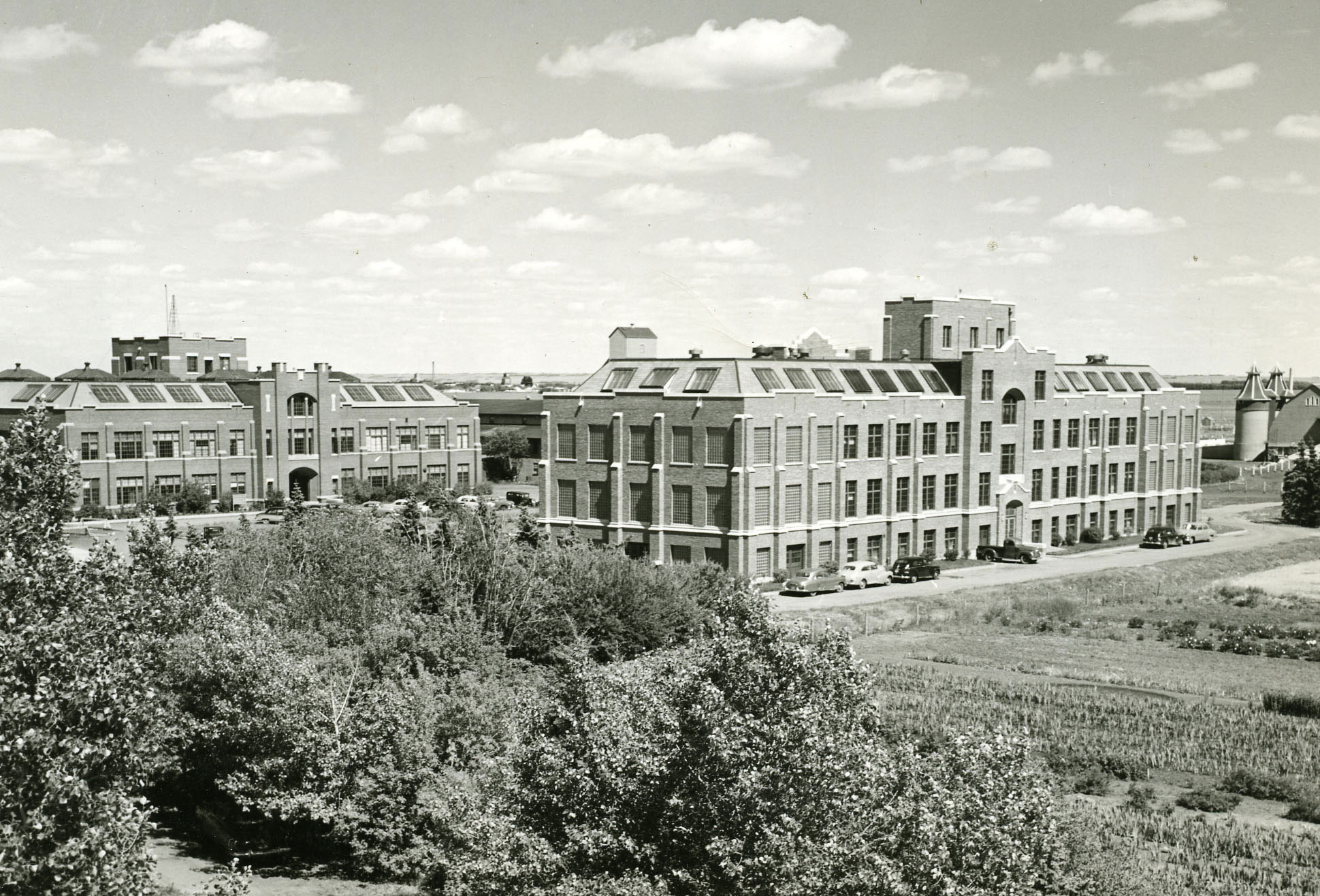Here President Walter Murray is making an oblique reference to the University of Saskatchewan’s relationship with the newly created Honorary Advisory Council for Scientific and Industrial Research of Canada, soon to be known as the National Research Council.
The relationship between the NRC and the U of S has been fruitful. If you look at research initiated and funded as a result of Murray’s NRC involvement, you can see the genesis of many areas of scientific excellence on the campus today.
To many, the path to victory in the Great War was through scientific innovation. The NRC was modelled on British and American efforts to break the stalemate of the Western Front.
Swamp fever in horses and the wheat rust disease in cereal plants were two areas of immediate concern to the Prairie provinces. The wheat disease was causing heavy damage in Western Canada in the summer of 1916, one estimate being that as much as 100 million bushels of grain had been lost.
A temporary committee of the Council, Plant and Animal Diseases, was created with Murray as chair. The committee convened a conference for Aug. 16-18, 1917, with representatives of the Dominion Department of Agriculture and the prairie universities and agricultural colleges.
Research was to be centred at the U of S under the guidance of W.P. Thompson. His team would go on to make several breakthroughs in the development of rust resistant wheat hybrids.
